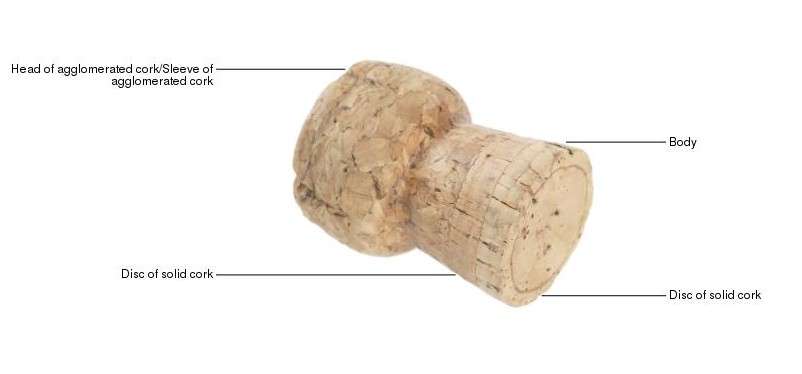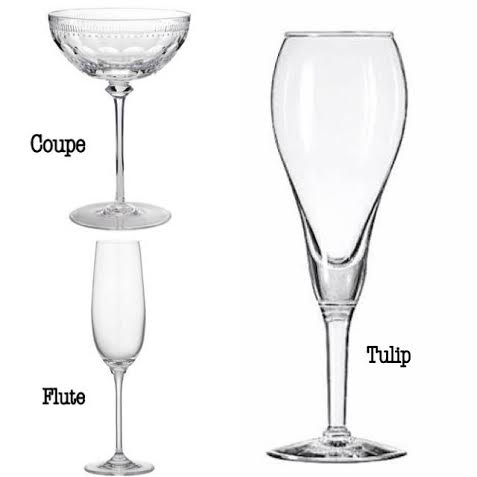
Things you didn’t know about Champagne
A little while ago I was invited for a wonderful Champagne Experience organised by the Ambassador for Champagne to India, Rajiv Singhal. The 24-hour Champagne filled getaway is a yearly event and is luxurious in every sense. Being spoilt silly by Champagne breakfasts, lunches, high teas, and dinners is a treat in itself; that it was held at the gorgeous Leela Palace in Udaipur was just the icing on the bubbly! The very knowledgable Singhal guided us through various curated tastings and pairings. Among the many exquisite bottles I partook of, I discovered a few tidbits I didn’t previously know about this famous French sparkling wine.
I’m not going to stress on how Champagne comes only from Champagne because we’ve covered that already. Here are a few more detailed points concerning this elixir.
The Grapes of Champers: If you know your Champagne basics you know that it can only be made from three grape varieties: Chardonnay, Pinot Noir and Pinot Meunier. So I erroneously thought too. Although those are the most popular grapes, four other varieties – Pinot Blanc, Pinot Gris, Petit Meslier and Arbane – are also legally permitted. They are used very rarely but it’s very interesting to know that it isn’t just the 3 grapes that are allowed in Champagne.
What’s in a name? The Champagne brand is a highly protected classification and the Champenois are not the kind to trifle about with such. For one, not only is the wine area demarcated but the objection can extend to almost anything else that uses the name Champagne as an adjective to allure to something grand and prestigious. So be careful before you go christening anything with that word. No more referring to Darjeeling as ‘the Champagne of Teas’ or any such blasphemous thoughts.
Magic Mushrooms: Champagne corks differ from those in other wines. They are built from several different sections of corks. The main body is made of agglomerated corks which is ground cork grains bound together with specific glue. To this two or three natural cork discs are attached. The cylinder-shaped cork is compressed to almost 50% to fit into the bottle neck. Over time the compressed shape becomes more permanent and takes on the ‘mushroom’ shape. Depending on how long a cork has been in a bottle, once opened it can partially return to its original shape. The longer the cork has been the bottle, the less likely that is.
POP! You’re the weasel: You’re forgiven if you happen to be a Champion F1 driver who has just managed a laudable podium finish, or perhaps the groom at a big fat North Indian wedding reception – in either case you may go ahead and pop the cork, let it fly, and spray the crowd a delicate hue of gold. Anywhere else, the cork should leave the bottle with a gentle sigh, and anything higher in decibel is frowned upon. It’s a subtle yet obvious way to tell the amateur sippers from the seasoned imbiber.
Flute or coupe or tulip? The coupe, it is said, was allegedly modelled on (Marie Antoinette’s) breast. And while it might make for interesting soirée banter it isn’t the finest way to drink Champagne. Neither is the flute. If you want to truly enjoy your Champagne, best to avoid both coupes or flutes. Opt instead for a tulip, that bulbous shape which is wide at the belly and narrow at the rim – it preserves the bubbles and while also liberating the aromas.
The Wine Widows: The Champagne industry was empowered by women. After their husband’s deaths some brave veuves (widows) took charge of their respective family wine businesses and they changed the way we drink Champagne forever. Veuve Clicquot (she invented the Riddling table), Madame Louise Pommery, Madame Pol-Roger (whose home Sir Winston Churchill called ‘the most drinkable address in the world), Madame Lily Bollinger, Veuve Devaux…the list is indeed long. If it weren’t for their enterprising spirit, many Champagne houses may not have survived. Come to think of it, Champagne as a drink may not have survived. So the next time you have a glass of Champagne in your hand raise a silent toast to them.


